Blog
Jewellok is a professional pressure regulator and valve manufacturer and supplier.
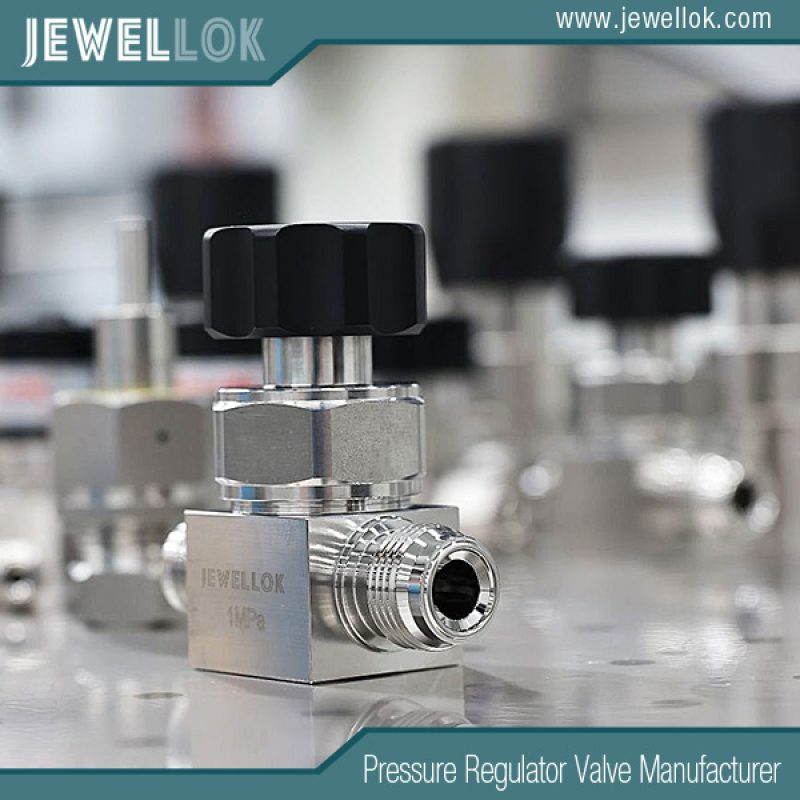
What is a Low Pressure Manual Diaphragm Valve Used For?
- Pressure Regulator Valve Manufacturer
- diaphragm pressure control valve, High pressure pneumatic diaphragm valve, High Purity Gas Stainless Steel Pneumatic Diaphragm Valve, low pressure diaphragm valve, low pressure diaphragm valves manufacturer in russia, Low Pressure Industrial Diaphragm Valves, Low pressure manual diaphragm valve, Low pressure pneumatic diaphragm valve, low-pressure diaphragm valves manufacturer in philippines, Pneumatic Diaphragm Valve, pneumatic diaphragm valve company, Pneumatic Diaphragm Valve Manufacturer, Stainless Steel Low Pressure Pneumatic Diaphragm Valve, Two-Step Pneumatic Diaphragm Valves
- No Comments
What is a Low Pressure Manual Diaphragm Valve Used For?
In the world of fluid control systems, valves play a pivotal role in regulating the flow, pressure, and direction of liquids, gases, and slurries across various industries. Among the diverse types of valves available, diaphragm valves stand out for their unique design that ensures isolation between the fluid and the valve’s operating mechanism. This article delves into the specifics of low pressure manual diaphragm valves, exploring their construction, functionality, applications, and benefits.
A low pressure manual diaphragm valve is a specialized type of valve engineered to handle fluids at relatively low pressures, typically below 10 bar (145 psi), and is operated manually without the need for automated actuators. These valves are particularly valued in environments where hygiene, corrosion resistance, and precise control are paramount. Unlike traditional ball or gate valves, diaphragm valves use a flexible membrane— the diaphragm— to seal and control the flow, preventing any direct contact between the process fluid and the valve’s internal components. This design minimizes contamination risks and enhances durability in corrosive or abrasive media.
The primary question this article addresses is: what is a low pressure manual diaphragm valve used for? To answer this, we must first understand the valve’s anatomy and operational principles, then examine its real-world applications. By the end, readers will appreciate why these valves are indispensable in sectors like pharmaceuticals, biotechnology, food and beverage processing, and water treatment. This technical exploration aims to provide a comprehensive overview, highlighting the valve’s advantages while also discussing potential limitations and maintenance considerations.
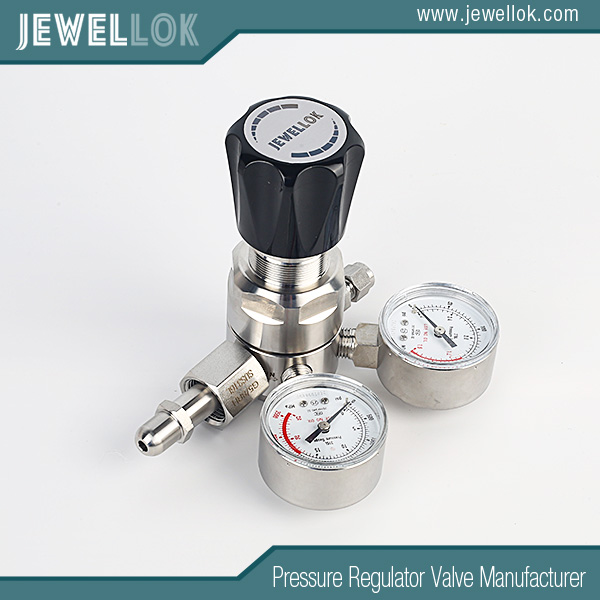
Understanding Diaphragm Valves: The Basics
Diaphragm valves trace their origins back to the early 20th century, initially developed for handling corrosive chemicals in industrial settings. The core component is the diaphragm, a flexible sheet made from materials such as rubber, PTFE (polytetrafluoroethylene), or elastomers like EPDM (ethylene propylene diene monomer). This diaphragm acts as both a seal and a flow control element, flexing to open or close the valve port.
In a standard diaphragm valve, the body is typically divided into two main parts: the bonnet (upper section containing the operating mechanism) and the body (lower section in contact with the fluid). The diaphragm is clamped between these sections, creating a barrier that isolates the fluid from the stem and handwheel. When the valve is closed, the diaphragm presses against a weir or seat in the body, forming a tight seal. Opening the valve involves retracting the diaphragm, allowing fluid to pass through.
Manual diaphragm valves are distinguished by their hand-operated mechanism, usually a handwheel or lever that turns a threaded stem to compress or release the diaphragm. This simplicity makes them reliable and easy to maintain, especially in low-pressure scenarios where high actuation forces are not required.
Low pressure variants are optimized for applications where system pressures do not exceed moderate levels. These valves often feature lighter construction materials and thinner diaphragms to reduce costs and improve sensitivity to manual adjustments. Common body materials include PVC (polyvinyl chloride), PP (polypropylene), stainless steel, or cast iron, chosen based on the fluid’s chemical compatibility.
The “low pressure” designation implies that the valve is not suited for high-pressure environments, where thicker diaphragms or reinforced bodies would be necessary to prevent rupture or leakage. Instead, these valves excel in systems operating at atmospheric or slightly elevated pressures, ensuring safe and efficient fluid handling without the risk of over-pressurization damaging the components.
Working Principle of Low Pressure Manual Diaphragm Valves
The operation of a low pressure manual diaphragm valve is straightforward yet ingenious. Let’s break it down step by step.
- Closed Position: In the default closed state, the handwheel is turned clockwise, driving the compressor (attached to the stem) downward. This action presses the diaphragm against the weir in the valve body, creating a hermetic seal. The weir is a raised ridge across the flow path that enhances sealing efficiency by providing a defined contact area. Since the diaphragm is flexible, it conforms to the weir’s shape, preventing any fluid passage even under low pressures.
- Opening the Valve: To allow flow, the operator turns the handwheel counterclockwise, retracting the compressor and allowing the diaphragm to lift away from the weir. The inherent elasticity of the diaphragm aids in this movement, creating an unobstructed path for the fluid. In low-pressure systems, this requires minimal torque, making manual operation feasible without tools or excessive effort.
- Flow Control: Unlike on/off valves, diaphragm valves can throttle flow by partially compressing the diaphragm. This provides precise control, which is crucial in applications requiring dosage accuracy, such as chemical mixing or laboratory setups. The linear relationship between handwheel turns and diaphragm position ensures predictable flow rates.
- Sealing Mechanism: The diaphragm’s dual role as seal and actuator eliminates the need for packing glands or O-rings around the stem, reducing potential leak points. In low-pressure manual versions, the seal is maintained by the material’s resilience rather than high compressive forces, which conserves energy and extends component life.
Factors influencing performance include diaphragm material selection. For instance, PTFE diaphragms offer excellent chemical resistance but may have lower flexibility at low temperatures, while rubber-based ones provide better elasticity for frequent cycling. Valve size, typically ranging from 1/2 inch to 12 inches in diameter, also affects flow capacity, measured in Cv (flow coefficient) values.
In terms of pressure handling, these valves are rated for maximum allowable working pressures (MAWP) that align with low-pressure applications. Exceeding this can lead to diaphragm fatigue or bursting, so engineers must match valve specifications to system requirements. Safety features, such as pressure relief indicators or visual position indicators on the handwheel, are sometimes incorporated to prevent misuse.
Key Applications in Various Industries
Low pressure manual diaphragm valves find widespread use due to their hygienic design and reliability. Here are some prominent applications:
Pharmaceutical and Biotechnology Industries
In pharmaceutical manufacturing, maintaining sterility is critical. These valves are used in processes like fermentation, purification, and filling lines, where they control the flow of culture media, buffers, and active pharmaceutical ingredients (APIs). The diaphragm’s isolation prevents cross-contamination, complying with stringent regulations like FDA’s Current Good Manufacturing Practices (cGMP). Manual operation allows operators to make on-the-spot adjustments during batch processing, ensuring precise dosing without automation complexities.
For example, in bioreactor systems, low pressure diaphragm valves regulate nutrient feeds at pressures around 2-5 bar, preventing backflow that could introduce microbes. Their clean-in-place (CIP) compatibility enables easy sterilization with steam or chemicals, reducing downtime.
Food and Beverage Processing
Hygiene is equally vital in food production. These valves handle viscous fluids like sauces, dairy products, and beverages in mixing, pasteurization, and bottling operations. The smooth, crevice-free flow path minimizes bacterial buildup, aligning with HACCP (Hazard Analysis and Critical Control Points) standards.
In breweries, manual diaphragm valves control wort transfer at low pressures, allowing brewmasters to manually fine-tune flows during mashing or lautering. Their resistance to acids and cleaning agents ensures longevity in harsh environments.
Water Treatment and Environmental Systems
Municipal and industrial water treatment plants employ these valves for chemical dosing, filtration, and sludge handling. In low-pressure reverse osmosis setups, they manage permeate and concentrate flows, preventing membrane fouling. Manual variants are ideal for remote or small-scale facilities where automation is cost-prohibitive.
Environmental applications include wastewater treatment, where valves control flocculants or disinfectants. Their corrosion resistance to chlorine and other chemicals makes them suitable for long-term use in damp conditions.
Chemical Processing and Laboratories
In laboratories, low pressure manual diaphragm valves are used in analytical instruments, chromatography systems, and reaction vessels. They handle corrosive solvents like acids or bases at bench-scale pressures, providing safe, leak-free operation.
Chemical plants utilize them for sampling lines or pilot plants, where manual control facilitates experimentation. In handling slurries or suspensions, the valve’s design prevents clogging, as the diaphragm flexes to dislodge particles.
Other Niche Uses
In HVAC systems, these valves regulate coolant flows in low-pressure circuits. In semiconductor manufacturing, they control ultrapure water and gases, ensuring no particulate contamination. Even in agriculture, they appear in irrigation systems for fertilizer distribution.
Overall, the versatility stems from the valve’s ability to handle a wide range of fluids— from aggressive chemicals to sensitive biologics— while maintaining low-pressure integrity.
Advantages and Disadvantages
Advantages
- Hygienic Design: The diaphragm barrier eliminates fluid contact with metal parts, reducing contamination risks.
- Corrosion Resistance: Material options allow use with aggressive media without degradation.
- Low Maintenance: No packing or lubrication needed; diaphragm replacement is straightforward.
- Precise Control: Excellent throttling capabilities for flow regulation.
- Cost-Effective for Low Pressure: Simpler construction lowers initial and operational costs compared to automated valves.
- Safety: Manual operation reduces failure risks from power outages or electronic malfunctions.
Disadvantages
- Pressure Limitations: Not suitable for high-pressure applications, risking diaphragm failure.
- Flow Restrictions: The weir design can cause pressure drops, reducing efficiency in high-flow scenarios.
- Diaphragm Wear: Frequent cycling may require regular replacements, increasing long-term costs.
- Manual Effort: In large sizes, operation can be labor-intensive without ergonomic aids.
- Temperature Sensitivity: Some diaphragm materials degrade at extreme temperatures.
Despite these drawbacks, the advantages often outweigh them in targeted applications.
Maintenance and Selection Guidelines
Proper maintenance ensures longevity. Regular inspections for diaphragm cracks or leaks are essential. Replacement involves disassembling the bonnet, removing the old diaphragm, and installing a new one, typically every 6-12 months depending on usage.
Cleaning protocols include flushing with compatible solvents or steam sterilization. Lubrication is minimal, focusing on the stem threads.
When selecting a valve, consider:
– Fluid properties (viscosity, corrosiveness, temperature).
– System pressure and flow requirements.
– Material compatibility.
– Size and end connections (flanged, threaded, etc.).
– Regulatory compliance.
Consulting manufacturer specifications and performing compatibility tests is advisable.
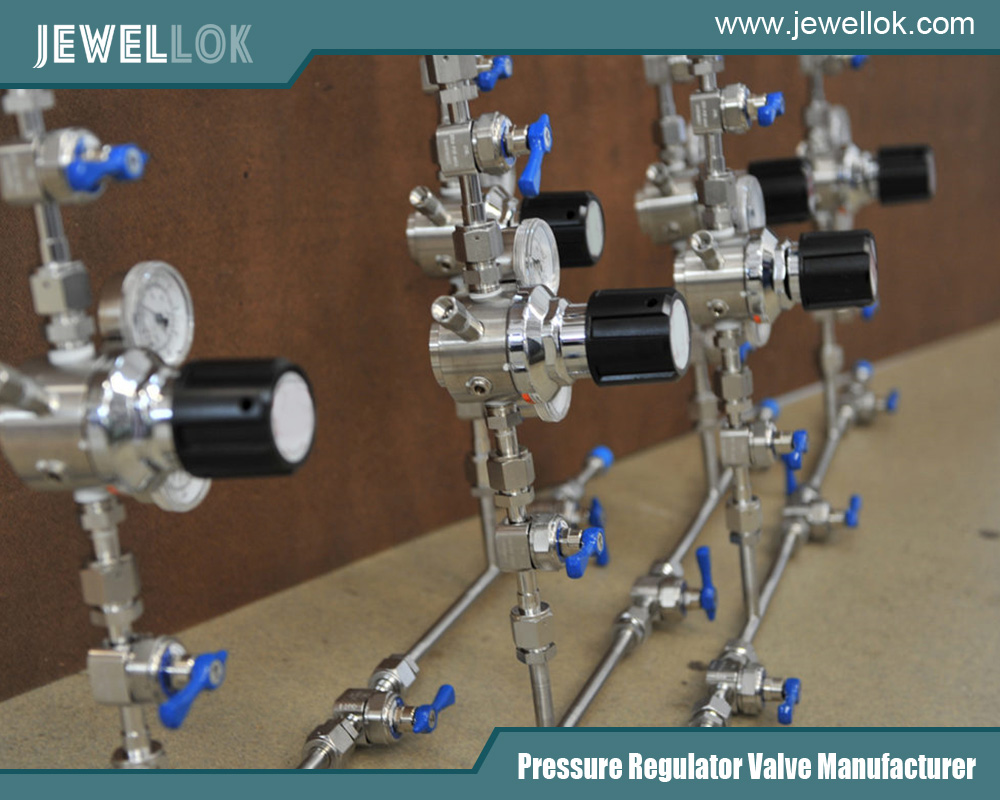
Conclusion
Low pressure manual diaphragm valves are essential tools in fluid control, prized for their simplicity, hygiene, and reliability. Used extensively in pharmaceuticals, food processing, water treatment, and beyond, they provide effective solutions for low-pressure environments where contamination prevention is key. While not without limitations, their design advantages make them a go-to choice for engineers and operators alike.
Understanding their working principles and applications empowers better system design and operation. As industries evolve, these valves continue to adapt, ensuring safe and efficient fluid management in an increasingly demanding world.
For more about what is a low pressure manual diaphragm valve used for, you can pay a visit to Jewellok at https://www.jewellok.com/product-category/ultra-high-purity-diaphragm-valves/ for more info.
Recent Posts
How Does the Two-Stage Nitrogen Regulator Work?
How Does a Single-Stage Oxygen Regulator Work?
What is Exhaust Gas Cleaning System?
How Does A Low-Pressure Back Pressure Regulator Work?
How Does An Oxygen Gas Changeover Manifold Work?
How Does An Argon Gas Changeover Manifold Work?
How Does A Helium Gas Changeover Manifold Work?
How Does A Carbon Dioxide Gas Changeover Manifold Work?
How Does A Nitrogen Gas Changeover Manifold Work?
Tags
Recommended Products
-
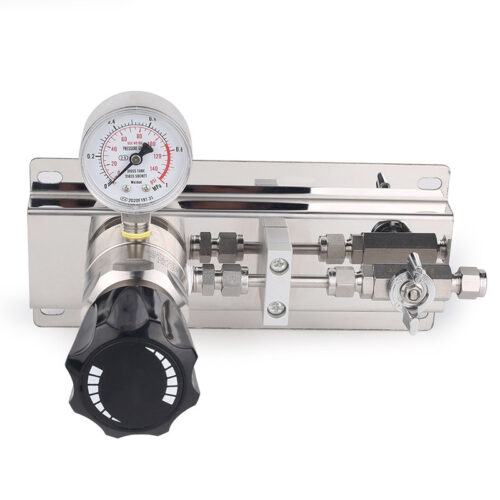
Medical Oxygen Single Stage Manual Gas Changeover Manifold Panel High-Purity Two-Stage Manual Gas Manifold Gas Pressure Control Panels
-
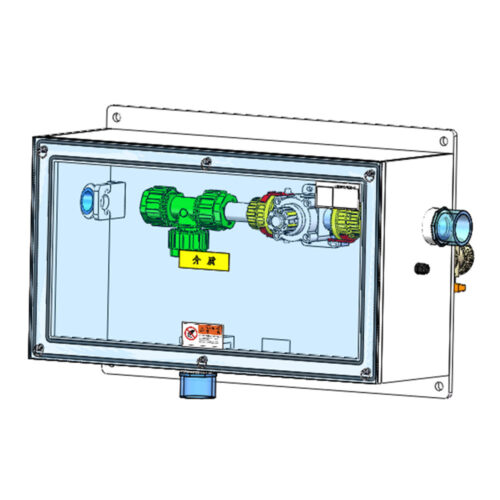
FT-BOX JW-FTB-C Valve Manifold Panels And Boxes With High Purity Configurable Systems
-
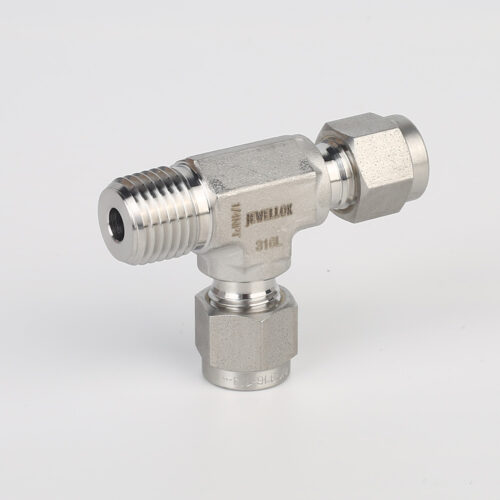
771L Male Run Tee | Stainless Steel High Quality High Purity Male Run Tee Branch Tee Pipe Fittings
-

Stainless Steel Mini Elbow Mini Tee Mini Cross Mini Tribow Ultrahigh Purity Mini Butt Weld Fittings
-
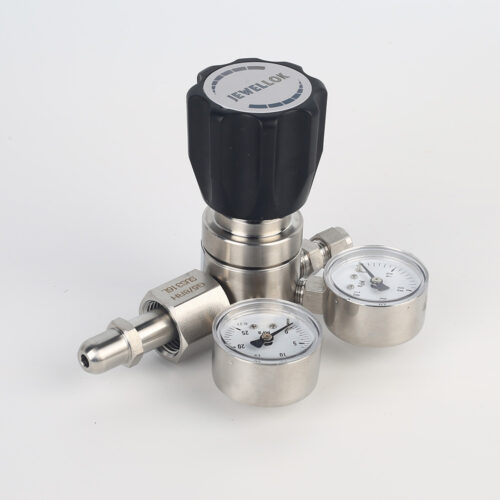
High Purity High Pressure Specialty Gas Pressure Regulators Specialty Gases Pipeline Engineering Equipments Manufacturer And Supplier
-
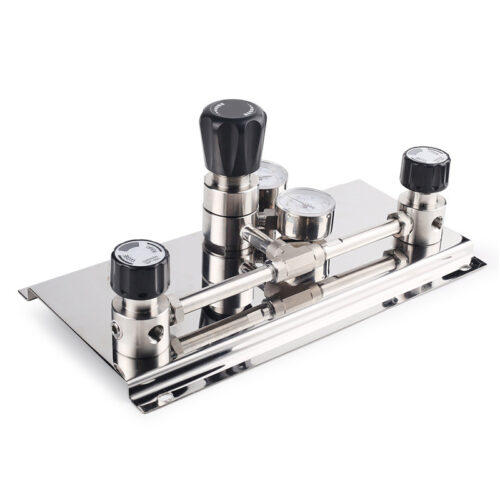
Hydrogen Manifold Argon Gas Manifold System Oxygen Manifold Propane Gas Manifold With Valves In Gas Manifold Changeover System
-
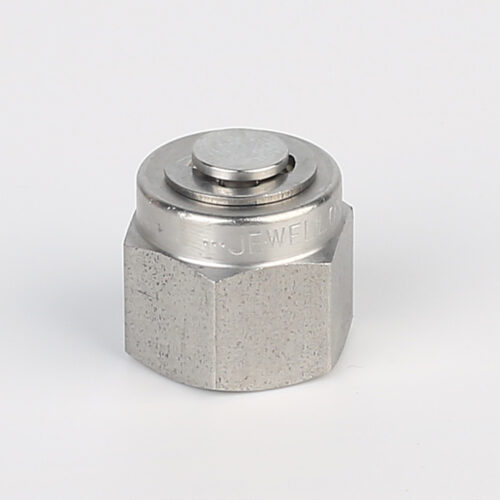
7121L Plug High Purity Plug Fitting And Blanking Plug
-
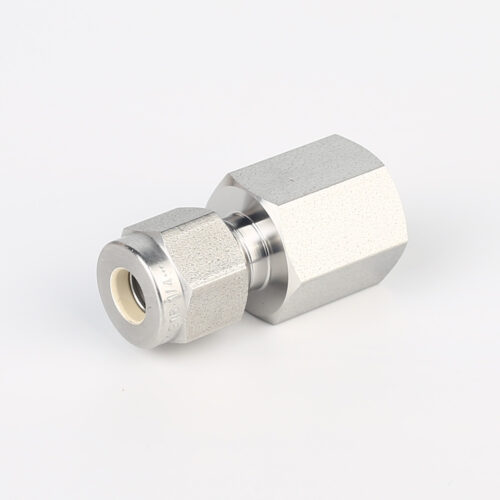
766L High Purity Female Connector UHP Fitting Female Connector